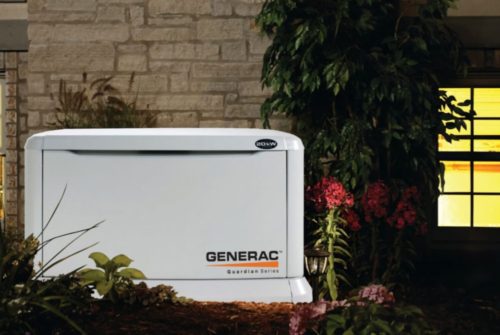
A remarkable and intriguing species of isopods, lava isopods (Porcellio scaber) have lately been a favorite choice among terrarium and bioactive tank lovers. Lava Isopods are the ideal entry for beginners wishing to add some individuality to their collection because of their vivid color and easy-to-care-for nature. Maintaining these lava isopods vibrantly coloured animals in this beginners’ guide. Rich, reddish-brown to orange hues define lava isopods, a morph of the common Porcellio scaber species, which also reflect the texture of volcanic lava. Often referred to as “woodlice” or “pill bugs,” these tough animals are crustaceans closely related to shrimp and crabs. Although they do not roll into a ball when threatened, unlike some other isopod species, lava isopods nevertheless have many of the same bioactive properties.
Setting Up the Perfect Environment for Lava Isopods
Lava Isopod habitat creation is easy and direct. From little tanks to big bioactive systems, they can be kept in a range of enclosures; they flourish in warm, moist surroundings. These are the main factors to give thought to while arranging their house:
Temperature and Humidity
Lava Isopods thrive between 70 and 80°F (21 and 27°C). High humidity levels—ideal range is between 70 and 90 percent—must be maintained. Regular spraying of the enclosure with water or a wet substrate such as coconut fiber or peat moss can help you to achieve this.
Concealing Locations

Your lava isopods’ well-being depends on lots of hiding places. To create a range of hideaways where they can feel safe, toss rotting wood, stones, and other organic objects.
Filling Your Lava Isopods
Not discriminating feeders, lava isopods will devour a range of organic materials. Perfect for bioactive tanks, they flourish on rotting wood, dead leaves, and broken plant detritus. Little amounts of vegetables like cucumbers or carrots would also help augment their nutrition. Remove any uneaten food always to stop mold development.
Maintenance and Care
Lava isopods are low-maintenance organisms. They will take care of everything as long as you offer the correct temperature, humidity, and several hiding places. Watch the substrate since it will dry up gradually; keep in mind to mist often to preserve the right moisture content.
Beginning hobbyists wishing to discover the world of invertebrates have a great option in lava isopods. They are a delight to keep and a necessary component of a bioactive tank with their brilliant colors and low maintenance demands. Following these basic care rules will help you to have a vibrant colony of lava isopods in your terrarium, therefore adding life and activity.






